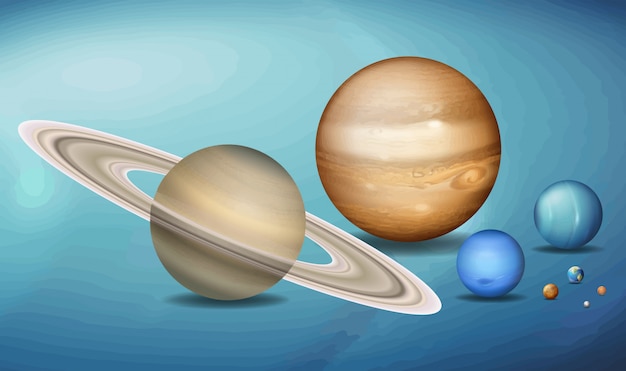Three Fascinating Facts about Mercury

Mercury is the smallest planet in our solar system.
Mercury has no atmosphere, making its surface temperature extremes of hot and cold.
Mercury orbits the sun faster than any other planet, completing a revolution in just 88 Earth days.
Scientists believe that Mercury’s core is primarily made up of iron, giving it a strong magnetic field.
Mercury is named after the Roman god of commerce, communication, and trickery.
Thousands of impact craters cover the surface of Mercury, evidence of its turbulent past.
Due to its proximity to the sun, Mercury experiences the largest temperature variation of any planet.
Despite its small size, Mercury is denser than many other planets, including Earth.
Mercury is difficult to observe from Earth due to its proximity to the sun and its short rotation period.
The first spacecraft to visit Mercury was Mariner 10 in 1974.
The second exploration mission to Mercury was named MESSENGER, which provided detailed images and data about the planet.
Mercury’s day is longer than its year, with one day on Mercury equaling about 176 Earth days.
Because of its thin atmosphere, Mercury’s sky appears black during the daytime.
The surface temperature on Mercury can reach up to 800 degrees Fahrenheit during the day.
However, in regions permanently in shadow, temperatures can drop to -290 degrees Fahrenheit.
Despite the extreme temperatures, it is speculated that water ice could exist in these shadowed craters.
Three Fascinating Facts about Mercury part 2
Mercury has a distinctive reddish color, similar to Mars, due to the presence of iron oxide on its surface.
The atmosphere of Mercury is almost negligible, consisting mostly of atoms blasted off its surface by the solar wind.
One of the most prominent features on Mercury is the Caloris Basin, a large impact crater about 960 miles in diameter.
Mercury has a relatively low gravity, about 38% that of Earth’s, which makes launching spacecraft from its surface easier.
The planet’s name, Mercury, is used as a symbol for the element mercury in the periodic table.
Mercury has been observed to have a slight global magnetic field, even though its core is mostly solid.
The terrain on Mercury is incredibly diverse, ranging from smooth plains to rugged mountains and cliffs.
Mercury was once thought to be tidally locked, with one side always facing the sun, but it was later discovered to have a slight axial tilt.
There are no known moons or rings around Mercury.
Mercury is one of the five planets visible with the naked eye from Earth.
As a result of its proximity to the sun, Mercury experiences solar days, where a day-night cycle occurs once every 59 Earth days.
Mercury’s surface is bombarded by solar radiation and particles, being so close to the sun.
The surface of Mercury contains many escarpments or cliffs that can extend for hundreds of kilometers.
The Mariner 10 spacecraft made three flybys of Mercury, capturing detailed images of about 45% of the planet’s surface.
Mercury has a low exospheric density, meaning it has very few atoms and molecules close to its surface.
Despite its small size, Mercury has a significant gravitational influence on other planets, especially Earth.
Mercury’s surface is covered in craters because its thin atmosphere cannot burn up the meteoroids entering its orbit.
The average temperature on the surface of Mercury is about 800 degrees Fahrenheit (430 degrees Celsius).
Mercury’s orbit around the sun is not perfectly circular, but rather an elliptical shape.
The closest distance between Mercury and the sun is about 29 million miles (46 million kilometers).
Mercury’s surface is hot enough to melt lead.
The surface of Mercury resembles the moon’s surface because both lack significant geological activity.
The MESSENGER spacecraft detected the presence of water ice in permanently shadowed regions near Mercury’s poles.
Craters on Mercury are named after famous artists, musicians, and authors.
Mercury has no known moons, unlike several other planets in our solar system.
The extreme temperature variations on Mercury make it an inhospitable environment for life as we know it.
The first-ever image of Mercury was taken by the Mariner 10 spacecraft on its flyby in 1974.
The rotation of Mercury is unique compared to other planets, as it completes three rotations for every two orbits around the sun.
The surface features on Mercury are named after important historical figures, including scientists, explorers, and artists.

